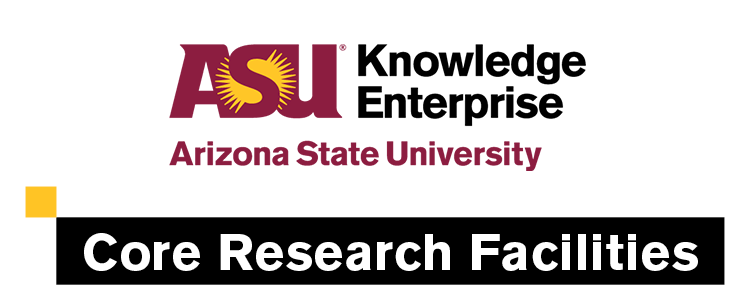

Welcome to the ASU Core Facilities Newsletter. We are ready to support all your research goals. Please follow our LinkedIn page for additional resources and community information.
Metals, Environmental and Terrestrial Analytical Laboratory (METAL) Core
For this month's newsletter, we're going to focus on the people that make our METAL Core, one of our Materials Characterization and Synthesis facilities, so great!
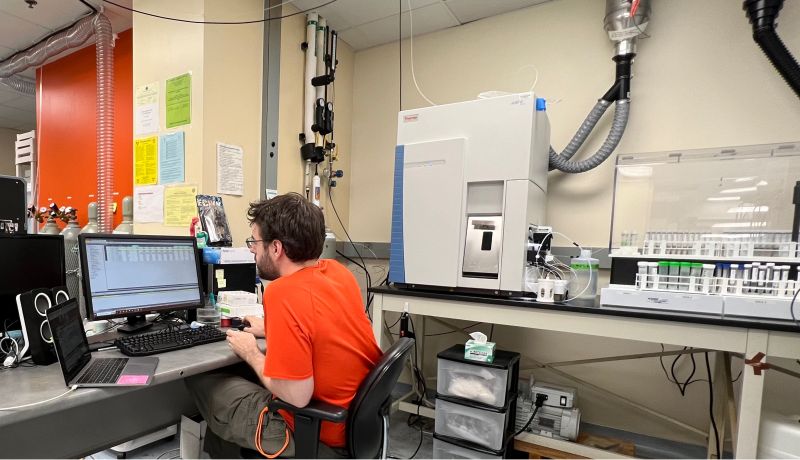
Meet the METAL team

Dr. Gordon specializes in mass-dependent and radiogenic isotopes, with extensive expertise in ICP-MS, MC-ICP-MS and IRMS.
She has been dedicated to elevating ASU as a forefront institution for forensic science research. Collaborating across various disciplines and ASU campuses, she helped establish the Forensic Science Initiative.
This initiative facilitates collaboration between academic researchers and forensic practitioners to address societal needs through research guided by ASU's extensive expertise in science, technology, law and social science.

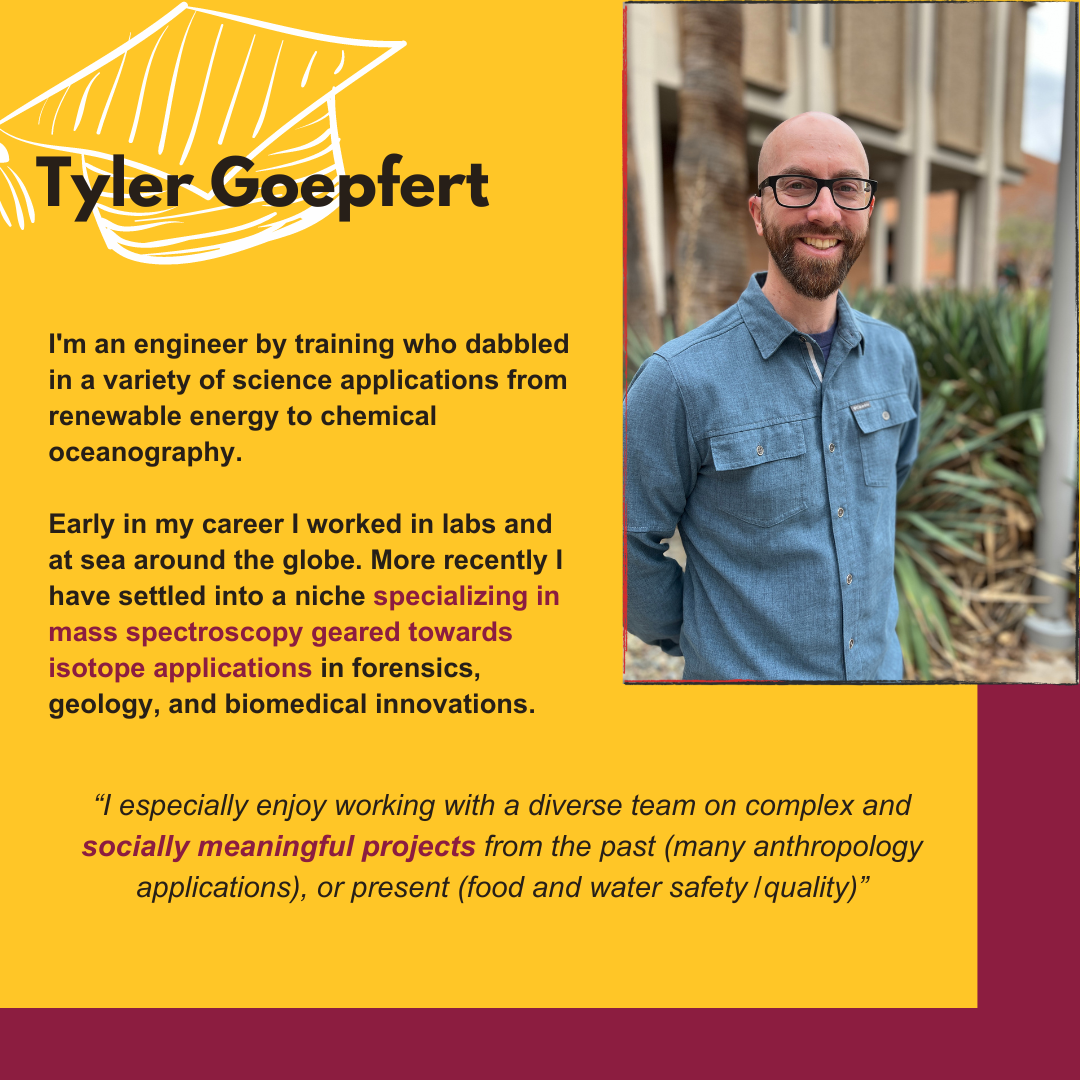
"No two days are quite the same and METAL gets to work with researchers across many fields and from all around the globe." - Tyler Goepfert
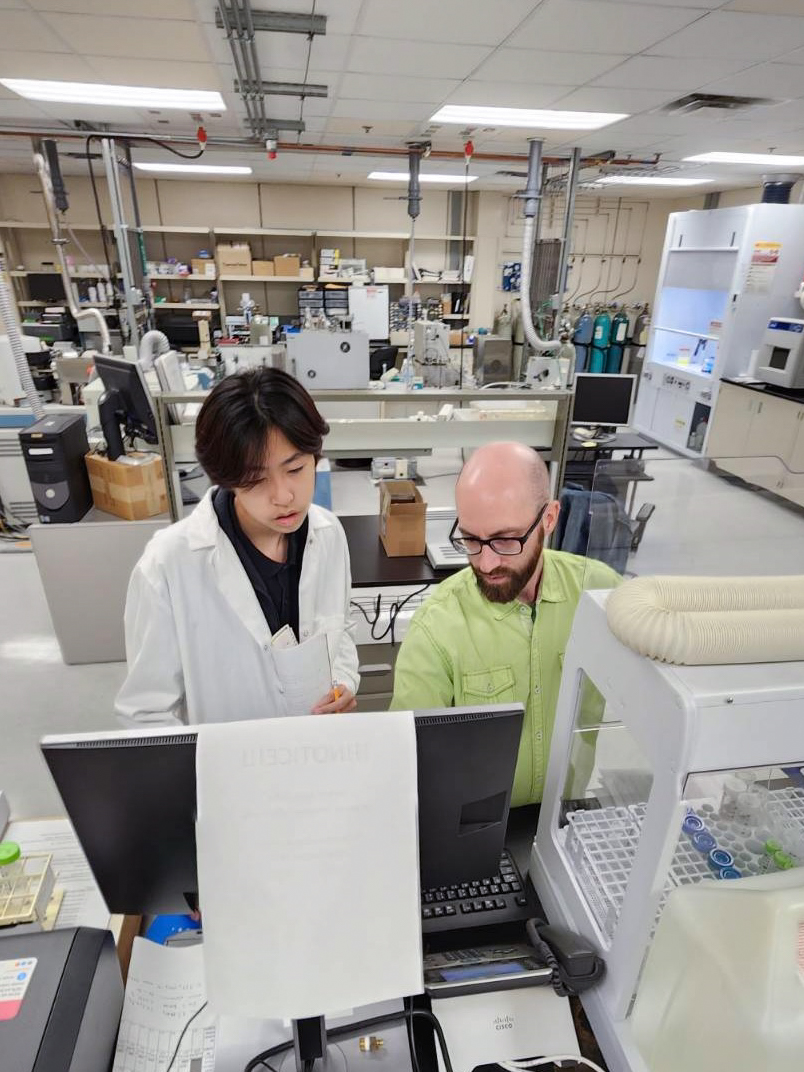
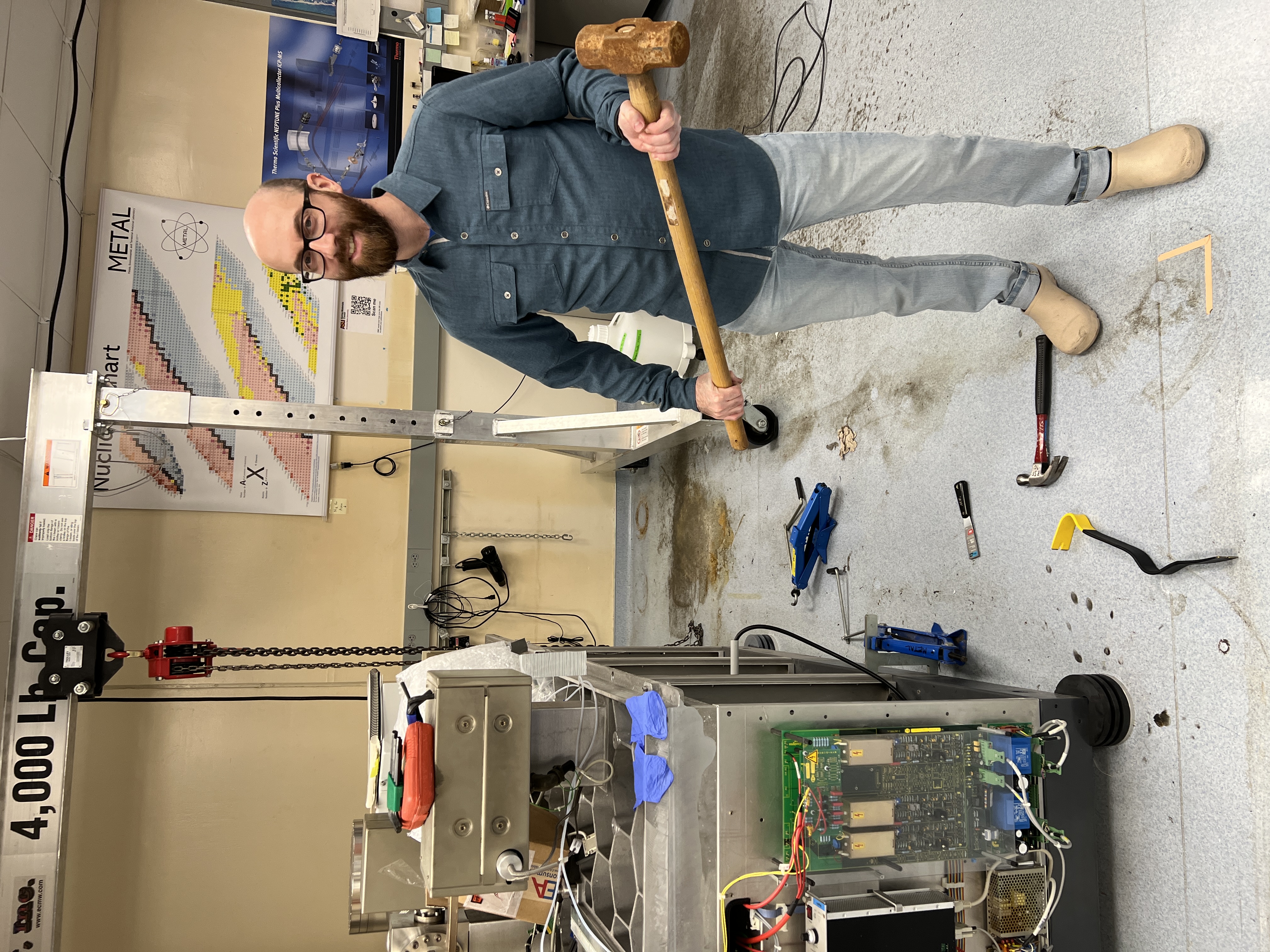
Tyler trained in Germany on one of the earliest commercially available multi-collector inductively coupled plasma mass spectrometers (MC-ICP-MS), the VG Axiom.
Now more than a decade later, Tyler is still going strong with the great fortune here at ASU to start working with the most state-of-the-art multi-collector on the market, the recently installed Neoma MC-ICP-MS. With METAL's resources, he can work together with students, staff, industry and other guests to quantify even the most subtle of isotope signatures out there.
METAL has the infrastructure to process just about any material and evaluate the isotope composition to probe nearly infinite questions about the world and indeed the universe around us! With many established methods and continuously expanding new methods, our only limit to what we can do is the hours in the day.
METAL Equipment Highlights
Elemental Scientific PrepFAST MC |
Thermo Scientific Quadrupole ICP-MS |
More METAL Core equipment videos.
News
METAL's resources support education
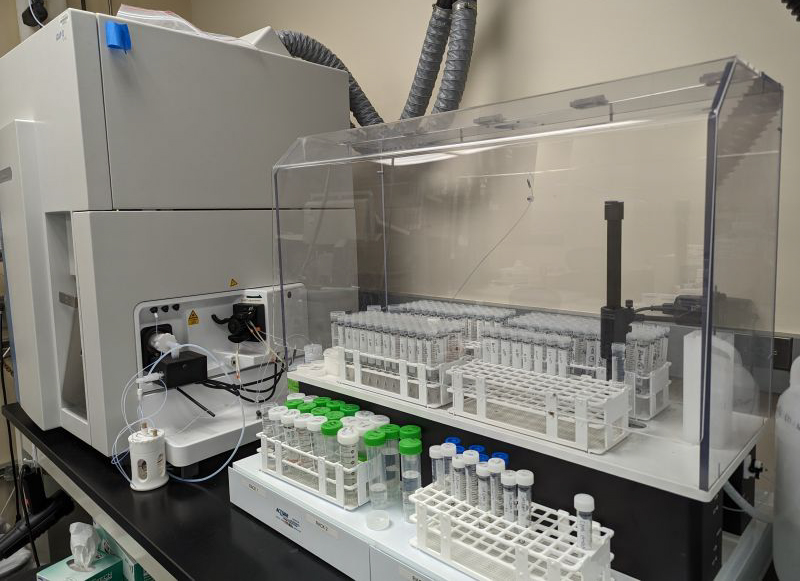
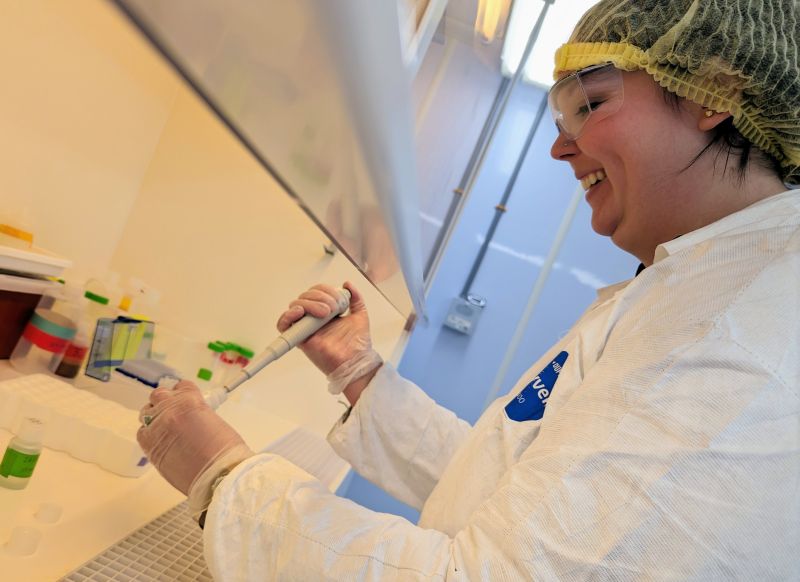
Jenna Watson from the University of Tennessee, Knoxville, made a visit to METAL to process samples for her doctoral dissertation. Jenna's research focuses on utilizing stable isotope analysis to investigate dietary composition and geographic mobility among human groups from late medieval Romania.
During her visit, Jenna utilized METAL facilities including our trace clean laboratory and our ICP-MS technology. She also employed our Prepfast equipment for sample preparation. Excitingly, Jenna's strontium isotope samples will be among the first to be analyzed using our new Thermo Fisher Neoma MC-ICP-MS, showcasing the cutting-edge capabilities of our research facilities.
Announcing ASU SolarSPELL's new design!
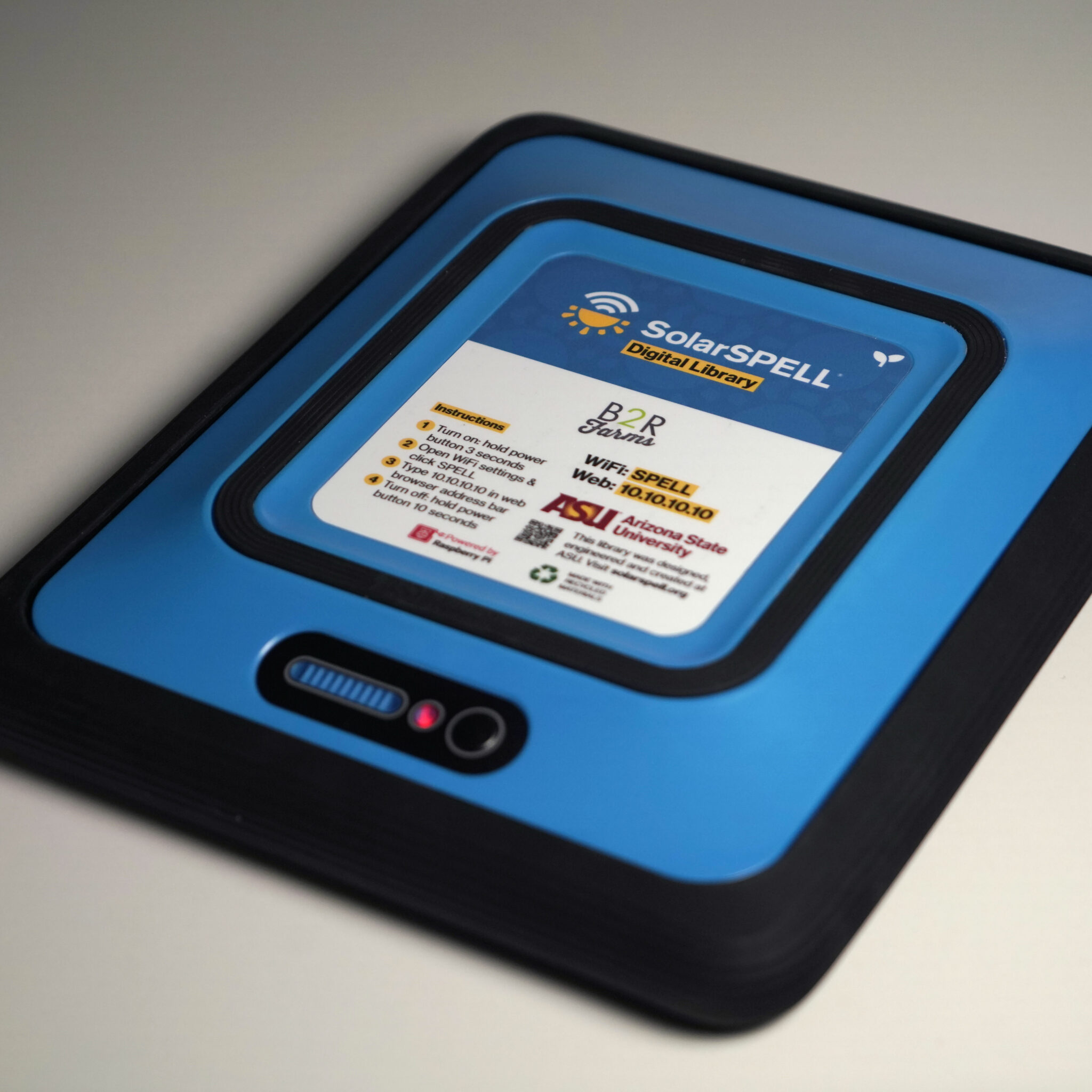
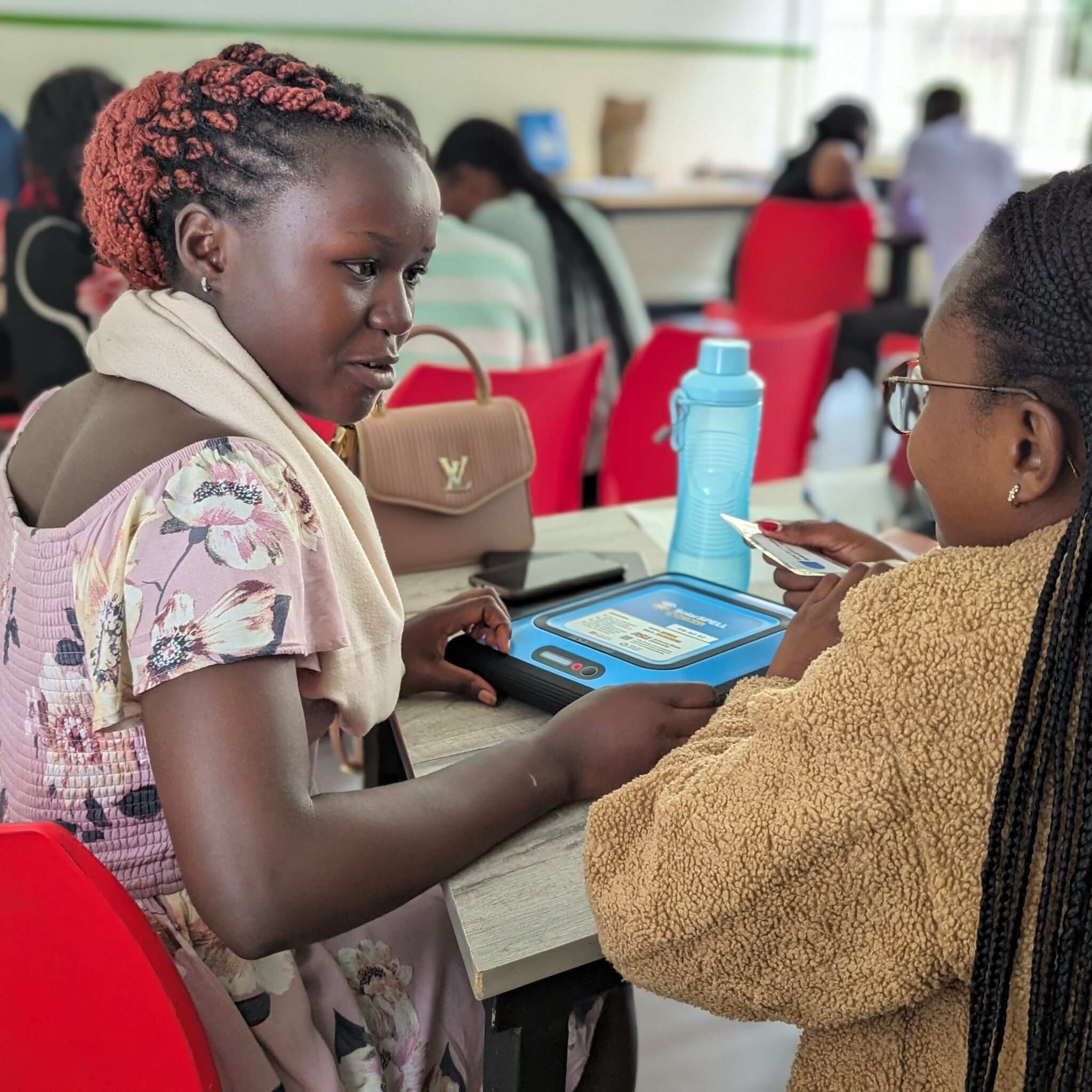
ASU SolarSPELL has introduced a revamped design for its digital libraries, created with input from ASU's students, faculty and staff - including that of our Instrument Design and Fabrication Core. The updated design features a smaller, more robust case made from recycled plastic, enhancing its durability. Its innovative, patent-pending charge controller harnesses solar power and connects to an offline web platform, improving the overall utility and educational impact of the libraries.
These enhanced SolarSPELL libraries are already benefiting communities in Rwanda and the Hopi Tribe in Arizona. In Rwanda, they aid agricultural education alongside B2R Farms, and in Arizona, they provide essential health education to the Hopi Tribe. This reflects SolarSPELL's dedication to delivering educational resources to remote and underserved regions, using technology to support community empowerment and sustainable growth.
More about SolarSPELL's new hardware design.
How the SolarSPELL is changing the world.
Publications
Trace element concentration as proxies for diagenetic alteration in the African archaeofaunal record: Implications for isotope analysis
This research used METAL's recently retired Thermo Scientific Neptune and gives a preview of what is possible with our Neoma MC-ICP-MS, which has recently been installed.
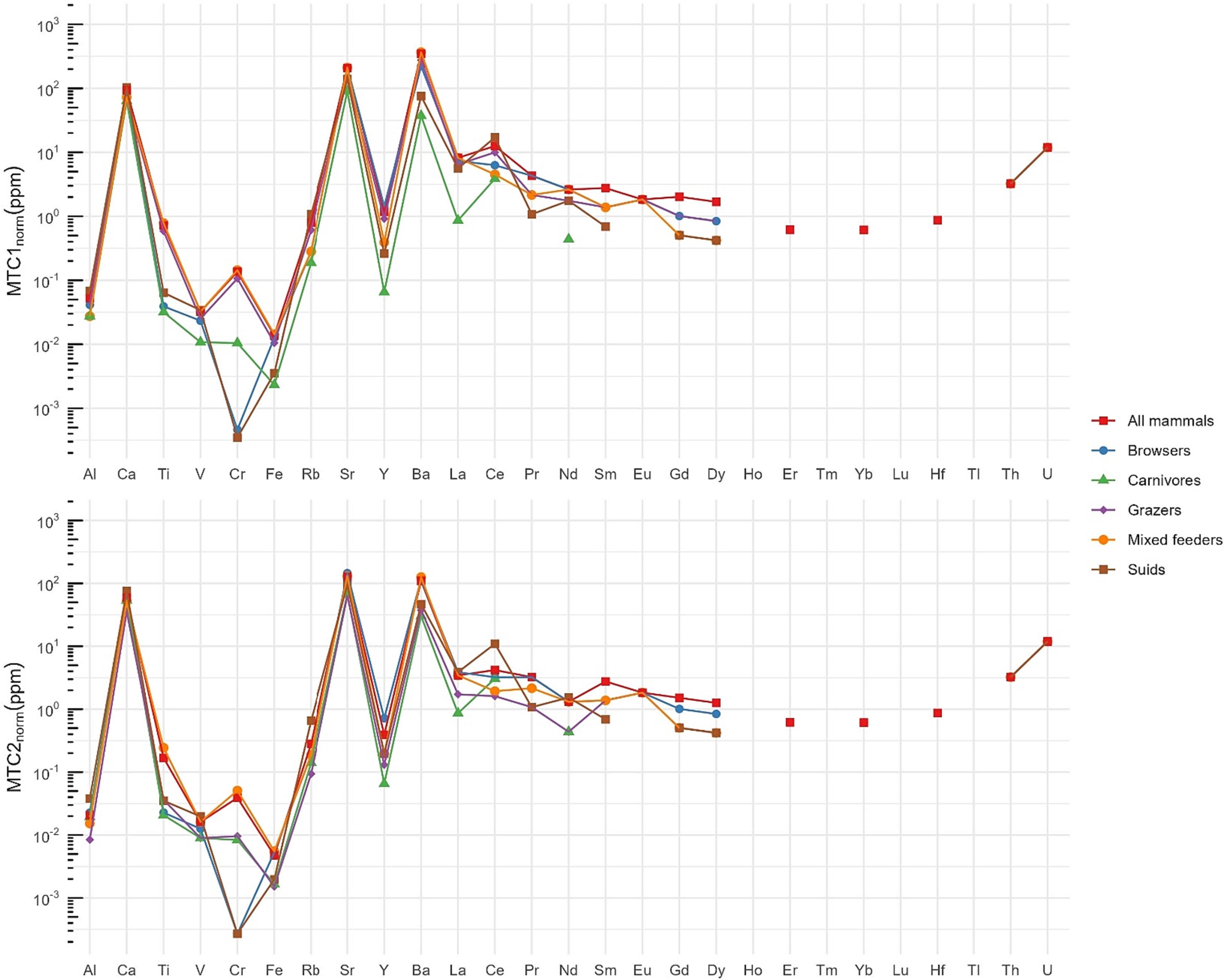
Abstract
Isotope ratio analyses of hard tissues like tooth enamel and ostrich eggshell (OES) inform mobility and paleoecology. Researchers enhanced the Maximum Threshold Concentrations (MTCs) method to screen for diagenesis, introducing a new metric (MTR) of 85Rb/88Sr.
Method
The research measured elemental concentrations in modern ostrich eggshell (OES) and Rb/Sr ratios by LA-MC-ICP-MS in the same samples, followed by the calculation of maximum threshold concentrations and ratios.
Results
Trace element concentrations vary by specimen origin, emphasizing the need for locality-specific reference sets for OES. The research proposed a cutoff of around 10e1 ΣREE for unaltered samples, especially when uranium levels are low. Additionally, typical MTR around 10e−4 indicate unaltered enamel and OES.
Delve into the researchers' findings.

